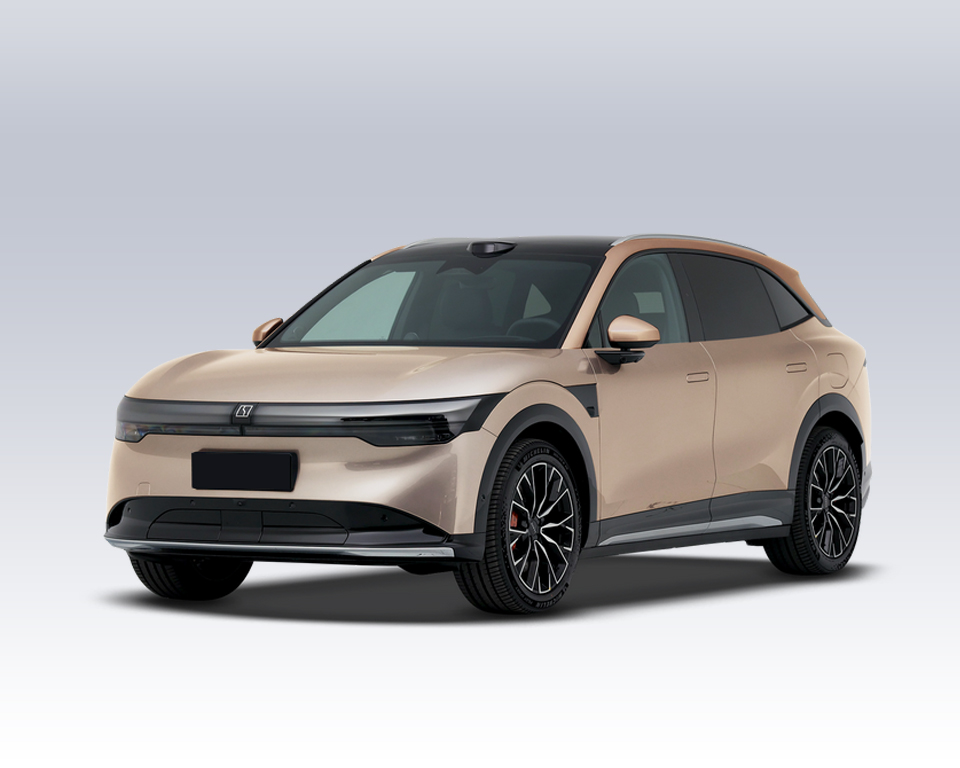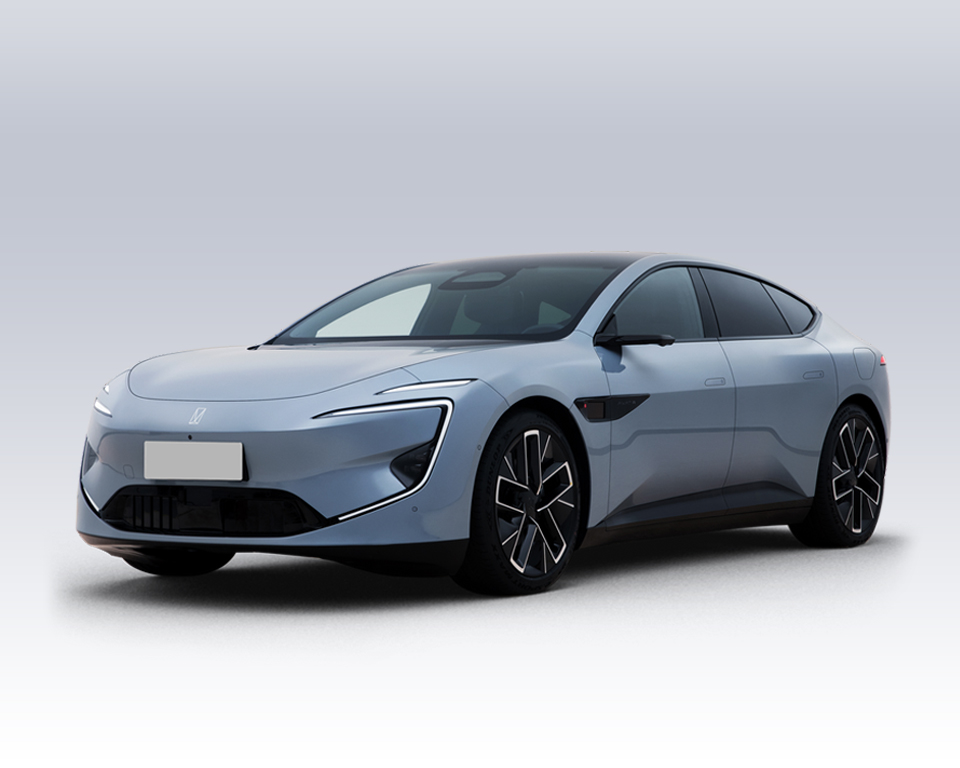Can Vehicles Imported from China Perform OTA?
With the continuous development of new energy vehicles (EVs) in China, the trends of vehicle intelligence, modularity, and electronic control have become prominent in recent years. More and more vehicle components are integrated into the vehicle’s software system. In other words, EVs no longer have a fixed driving experience and operational feel after purchase. Nowadays, vehicles can benefit from ongoing optimizations provided by manufacturers after purchase, thanks to the maturity of OTA (Over-The-Air) technology. For users of imported Chinese EVs, whether they can complete OTA updates in other countries has become an important concern.

The answer to this question is: yes. Most EV manufacturers from China do not impose restrictions on overseas users. As long as they connect to the internet and meet the requirements for OTA updates, users can enjoy OTA services provided by the manufacturers. However, due to regional differences, overseas users may face some limitations with OTA.
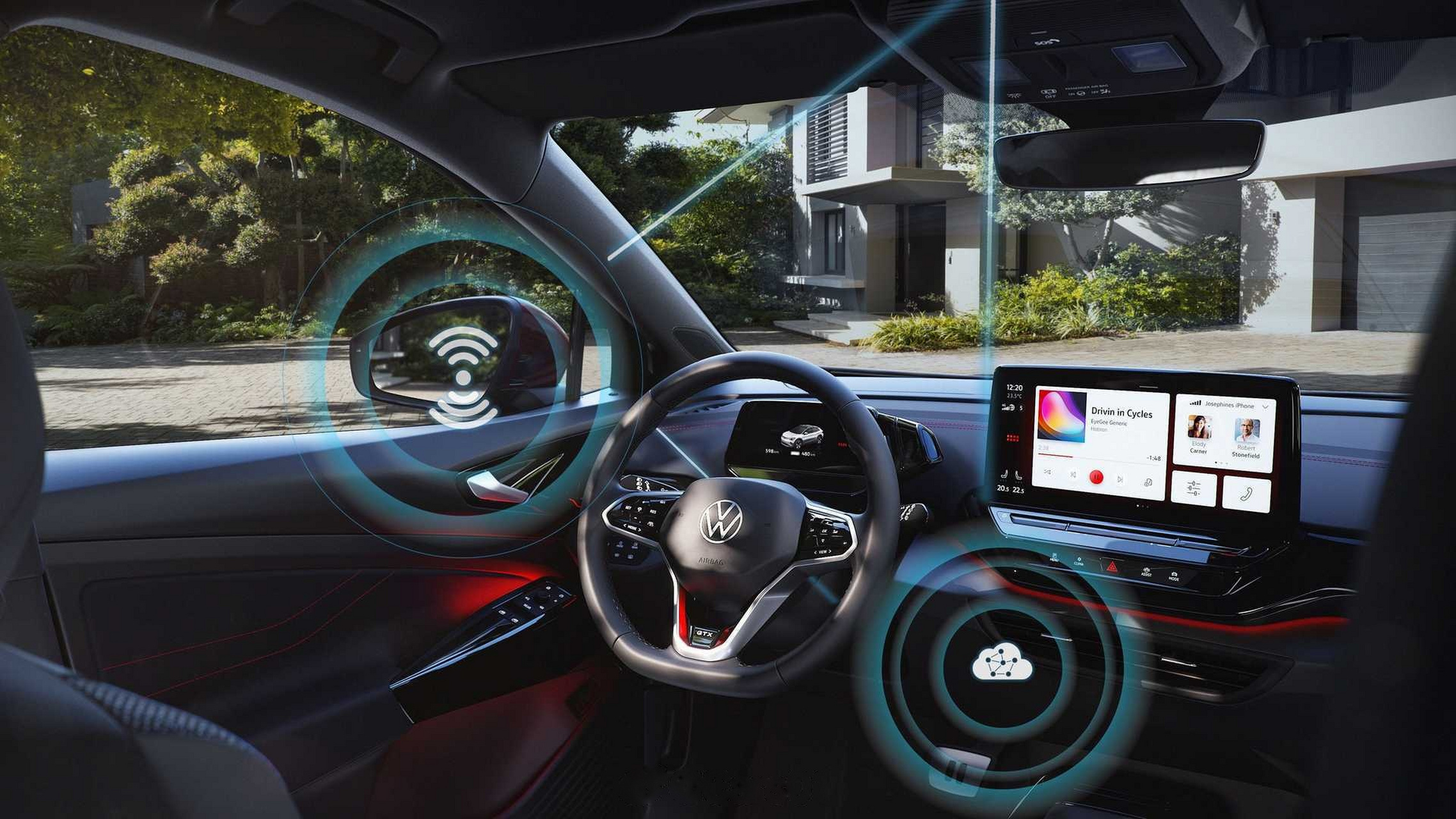
So, what exactly is OTA? What problems can it solve? What limitations do overseas customers face? This article will address these questions one by one.
First, what is OTA? OTA refers to the technology that allows devices to be updated and upgraded remotely via wireless networks. It is widely used in smartphones, cars, and IoT devices. Through OTA, users do not need to manually download and install updates; instead, they can obtain the latest software, firmware, or feature improvements directly through the internet. This method not only increases the convenience of updates but also ensures that devices remain up to date, fixing vulnerabilities or providing new features.

As EVs become more intelligent, an increasing number of components are integrated into the vehicle’s software system. For example, battery management in EVs is handled by the vehicle’s built-in battery management chip. By updating the overall management database of the vehicle via OTA, adjustments can be made to the battery management strategy, optimizing the charging and discharging processes remotely, thus extending the battery life.
Thus, the role of OTA is to push software and firmware updates remotely, achieving fault repair, feature enhancement, and security vulnerability fixes, significantly improving user experience. It allows users to avoid manual updates at service centers, saving time and maintenance costs—especially beneficial for users of imported Chinese EVs. Additionally, through data monitoring and analysis, manufacturers can optimize products and offer personalized services, enhancing the intelligence and flexibility of devices and vehicles, and increasing competitiveness and user satisfaction. In simple terms, it offers a straightforward way to further enhance customer experience.

Next, how to perform OTA is a concern for users of imported EVs. It is important to note that the systems currently installed in Chinese EVs are very mature. OTA serves mainly as a supplement for details and personalization in vehicle usage; it does not provide a significant leap in user experience. Sometimes, improvements made for certain users may affect the driving experience of others, so OTA is not flawless. If overseas users want to perform OTA updates, the method is quite simple: they just need to connect to the internet. The realization of OTA technology involves manufacturers uploading new data to a cloud database, which users then download to their vehicle systems to complete the update. Therefore, connecting to the internet is the only necessary prerequisite for performing OTA, and the remaining steps involve waiting for data to be downloaded and installed—issues that are easy to resolve.
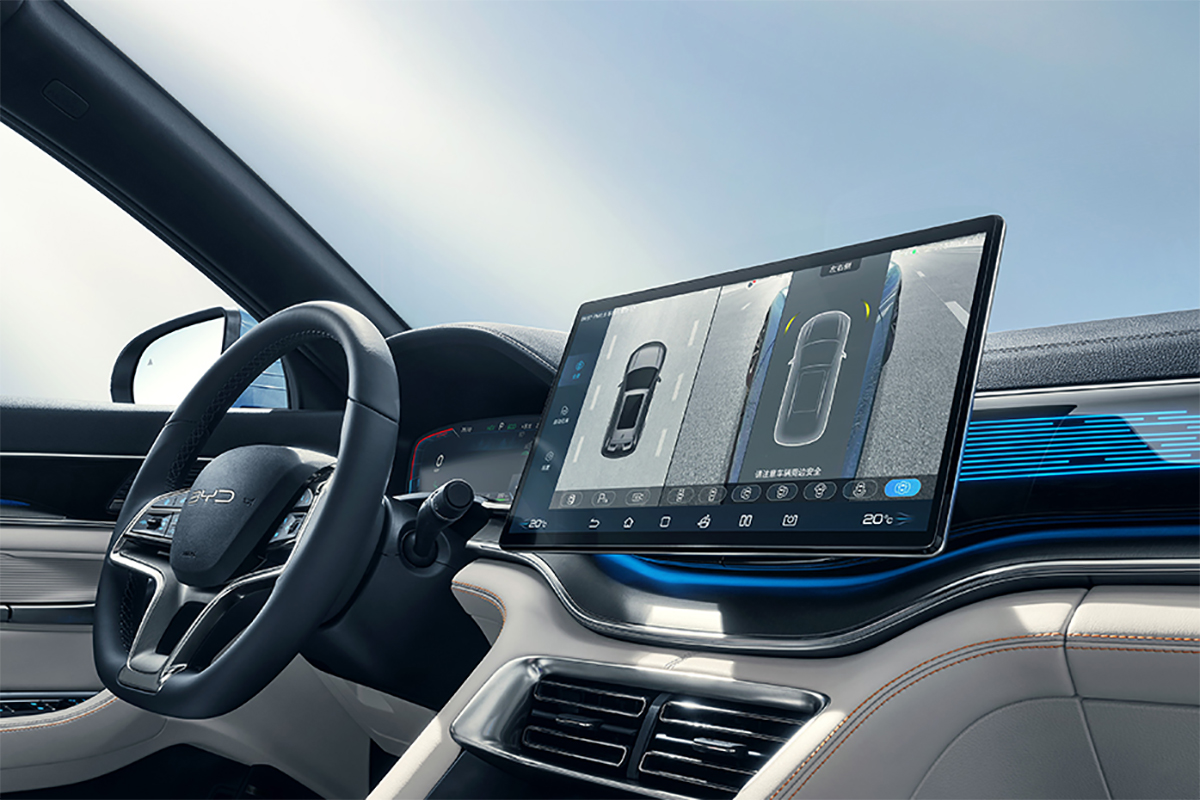
For some overseas users, the vehicle systems of Chinese EVs cannot directly connect to the internet, which is a limitation arising from their specificities. We can change the vehicle’s network module through flashing or use an external Wi-Fi method to enable the vehicle to receive network data. It is important to note that for certain EVs that do not have the system language of the importing country, if customers change the language through flashing during import, such vehicles will not be able to perform OTA. Once OTA is attempted, the system language will be updated, necessitating a re-flashing.
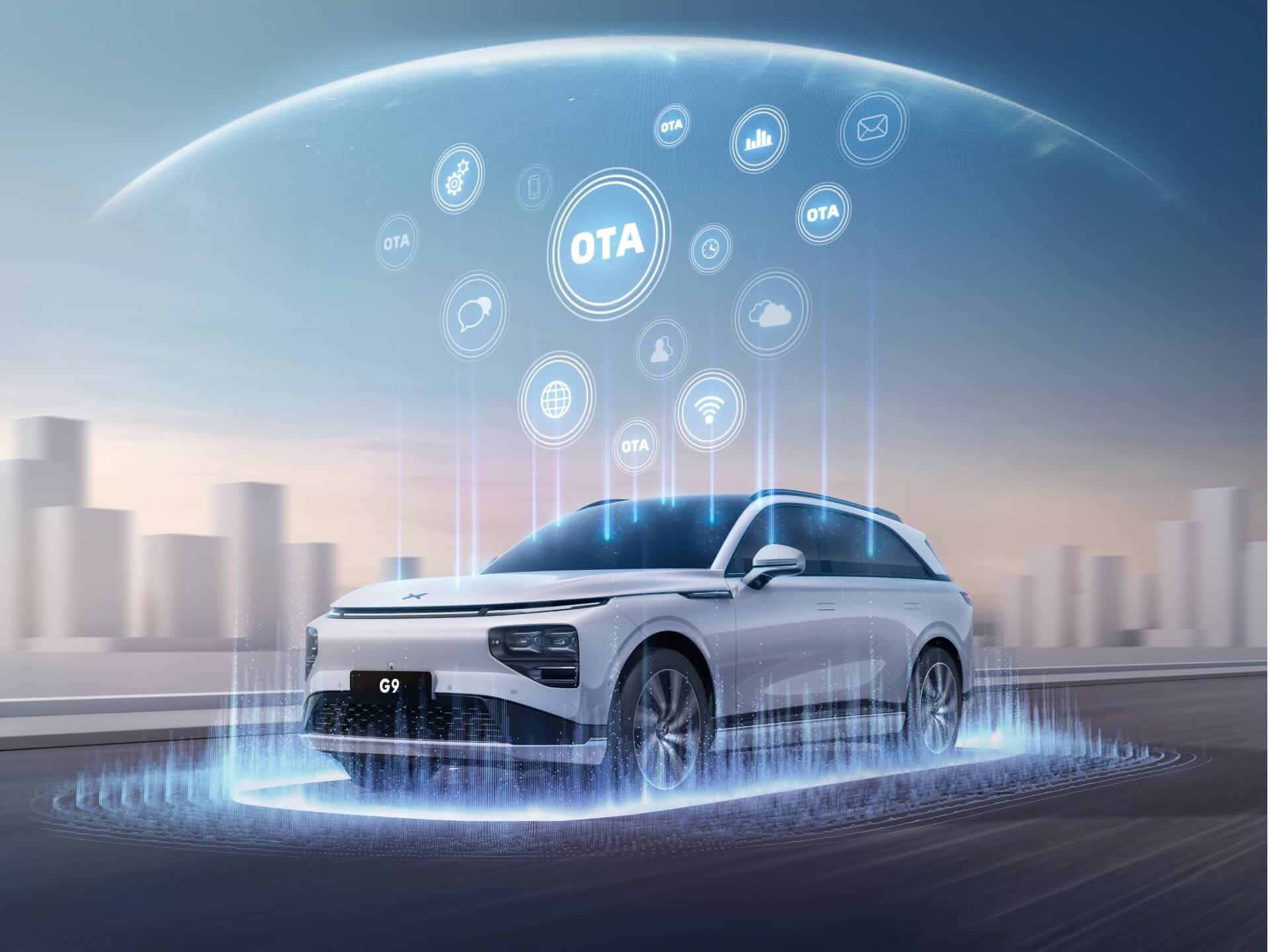
In summary, automotive OTA is one of the important means by which Chinese EV manufacturers address issues during the vehicle usage phase. Its convenience is highly appreciated by users. However, when importing Chinese EVs, OTA serves as an auxiliary factor influencing purchasing decisions. The vehicle systems of Chinese cars have undergone many iterations, and currently, most car manufacturers have very mature and stable systems. The content of OTA updates mostly consists of minor detail enhancements, so even if you EVer perform OTA after purchasing a car, it will function well without worries!



